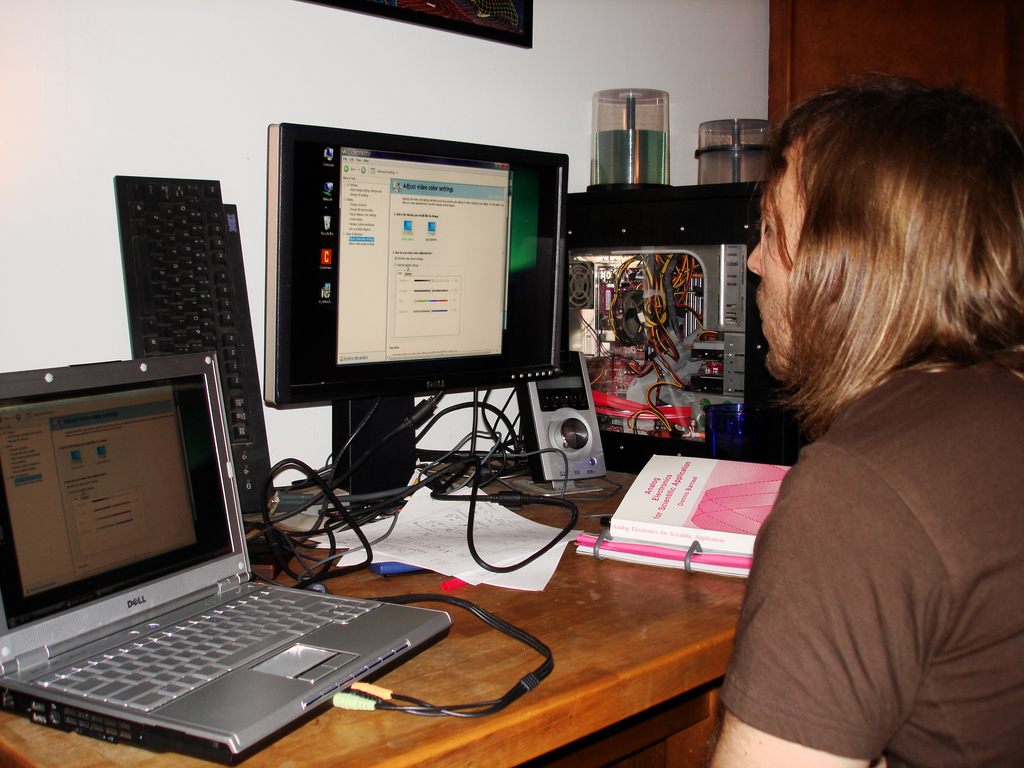
I am a big fan of A16Z podcasts, and they just released a terrific episode on Network Effect.
Network effect is an important, and somewhat confusing topic.
The reason network effect is important is that the businesses with a true network effect are highly defensible, have strong retention and engagement, exhibit characteristics of a monopoly and tend to last for a long time.
Definition of Network Effect
“A network effect is achieved when adding new users creates value for existing users.” That is, the overall experience and value of being inside the network increase with the addition of new users. How exactly does it work? Users want something from each other. Each user in such a network is both a producer and a consumer.
For example, I write blog posts, and I also read them. I post tweets, and I read other people’s tweets. I check traffic on Waze and I also contribute to traffic reports on Waze. In other words, I am both producer and consumer. I am both a reader and a writer.
Businesses with Strong Network Effects
Let’s consider 3 different types of businesses with a strong network effect — social networks, multiplayer games and sensor networks.
Lets start with a canonical example — Facebook. It is famous for its network effect and organic growth. Facebook started at Harvard, and grew deliberately and slowly to ensure strong connectivity. The more friends and family that joined, the more value existing users derived.
The core network effect is that basic activity on Facebook is sharing or posting to your network. Posts are the glue and the trigger.
“Each Facebook user is both producer and consumer, both the writer and the reader.”
Next, let’s look at Twitter, which, much like Facebook, has a strong network effect. The interesting thing about Twitter is that because it is based on a unidirectional follow relationship, it has stronger virality. News spreads a lot faster on Twitter, yet Facebook is a stronger network because of family and friendship ties with personal photos acting as a super glue.
Other kinds of businesses that have strong network effects are multiplayer games.
By definition, these kinds of games are designed to be played with others. When new players join, existing players are better off. Much like on Facebook, where we see the formation of cliques of friends, in the multiplayer games we see cliques of players.
The glue, and the trigger for the network effect in games is the game itself, and objects inside the game.
They provide touch points, and the opportunities to co-create the game world for the players. The games are highly sticky because the players need to level up, and starting from scratch in these co-created worlds is very costly.
Lastly, consider Waze, a traffic app acquired by Google. Cleverly, Waze creators realized that people in traffic would be willing to share their location in exchange for being informed about the overall traffic patterns and alternative routes.
Each app writes data points and reads back the traffic. Each app is both a producer and consumer of information.
Network Effects and Virality
Next, let’s look at the difference between network effect and virality, marketplaces and economies of scale — terms often confused with network effect.
“Virality is about something spreading quickly over an existing network. Network effect, on the other hand, is about creation of a brand new network.”
For example, word of mouth is an example of virality — news about an attack in Paris travels quickly through Twitter. Pokemon Go is another example of virality — millions of people raced to play the game. And of course, funny cat videos on YouTube are known to be viral.
Virality is great, and is really important in successful business, but it does not always last. All of the examples above are examples of short phenomenons that spike up, and then go away. We do not think of these events as sustainable over time. They are hits, or outliers and not considered a solid foundation for the business.
“To put it differently, virality does not guarantee network effect, but network effect does guarantee virality.”
Network Effect and Marketplaces
Next, let’s look at the relationship between marketplaces and network effect.
It would seem that businesses like Uber or Airbnb would have built-in network effects. And they do, to an extent, for some subset of the users for some time, but it does not appear to be true at scale.
“Marketplaces have 2 sides — supply and demand, producers and consumers.”
In the case of Uber and Airbnb, some producers happen to be consumers, but not all. Not all Uber drivers take Uber rides, and not all Uber riders are the drivers. Not all Airbnb hosts are also guests and not all Airbnb guests are hosts.
These and other marketplaces have strong virality via word of mouth, but weak network effect.
Some people argue that, for example, in case of AirBnB, more guests lead to more hosts, and more hosts lead to more guests, creating a virtuous cycle, creating more inventory and more value for guests. While this is true, there are 2 dynamics that are worth pointing out:
- There is not much loyalty or lock-in between hosts and guests — most guests would book different hosts as they travel. Hosts are a substitutable goods, and thats the point
- Abundance of guests and choice is really hard to build for AirBnB but is taken for granted by all of us. Imagine we would go to Amazon and be surprised that there is every book in the world available.
Abundance is expected, so for this reason, guests do not distinguish between AirBnB in early days, when less hosts where available and AirBnB today which has a lot more choices.
That said, the network effect in Marketplaces is stronger, if it involves unique value exchange. Part of the reason that eBay became a defensible business is because some sellers where selling unique items. Etsy took that concept to a new level, where all the items listed are very unique, thus creating strong network effect.
Economies of Scale vs. Network Effects
In addition, marketplaces and other businesses at scale achieve supply efficiency or economies of scale.
For example, UberPool becomes cheaper at scale. That is, once enough people want it, your rides get cheaper, so in a way, there is a network effect by virtue of more users joining.
Another example would be a delivery service like Postmates. If the volume of the orders is low, then each delivery is a one off, and is expensive. As the volume increases and gets clustered, then deliveries become cheaper because you can aggregate deliveries together along the same route.
In general, economies of scale are achieved as a business grows. For example, the business can negotiate with suppliers and get a discount in exchange for buying in bulk.
This has nothing to do with the network effect of the business, but it is related to monopoly and a business’ defensibility.
In general, the businesses with bigger margins at scale become more powerful and more defensible.
Network Effects in Nature
Before we dive into the mechanics of network effects, let’s turn to nature, which is full of network effects.
In science they are called self-organizing networks. If you are not familiar with this concept, I highly recommend you read Complexity, which is one of my favorite science books.
To start with, carbon-based life, the entire living world around us, is based on DNA and RNA, both of which have the fundamental ability to copy themselves. More importantly, DNA and RNA likely emerged as a result of a process called auto-catalysis.
This may sound like a bunch of scientific gibberish, but it is actually really easy to understand and plays a key role in understanding network effects.
Imagine that the basic blocks of life are called A and B. One day they got together and created a new block called AB. Next, A and B blocks can be mixed with AB to form AAB or ABB. Next, you can make AAAB, AABB, BAAB, BABB and so on.
That is, simple combinations of basic blocks can create more and more complex blocks and chains. In other words, a virtuous cycle, or feedback loop.
How to Engineer the Network Effects
Now we are ready to understand how you may engineer, or at least check for network effects in a business.
Each node needs to be part of a simple feedback loop.
On Facebook, the users are readers and writers. Reading and writing create a strong feedback loop. It is this loop that pulls the users back to the service. And much like with the basic building blocks of life, it is not the one-to-one interactions that are so precious, it is the one-too-many interactions.
Groups of Facebook users — friends and family — are constantly creating and consuming information, referencing each other, creating basic feedback loops and pulling each other back.
Facebook is a massively successful business because it is a self-organizing network fueled by network effects.
The defensibility of Facebook is in the network structure as well as the ongoing network effects — support and formation of new parts of the network. Users who try to leave are constantly being pulled back by their friends and families.
Additional reading:
Economic Moats, by Brian Laung Aoaeh
Network Effects, by Arun Sandararajan
The Power of Data Network Effects, by Matt Turck
If you found this post helpful, please give examples of other types of businesses with strong network effects. Let’s have a discussion and debate!
Image credit: CC by Travis Rigel Lukas Hornung



